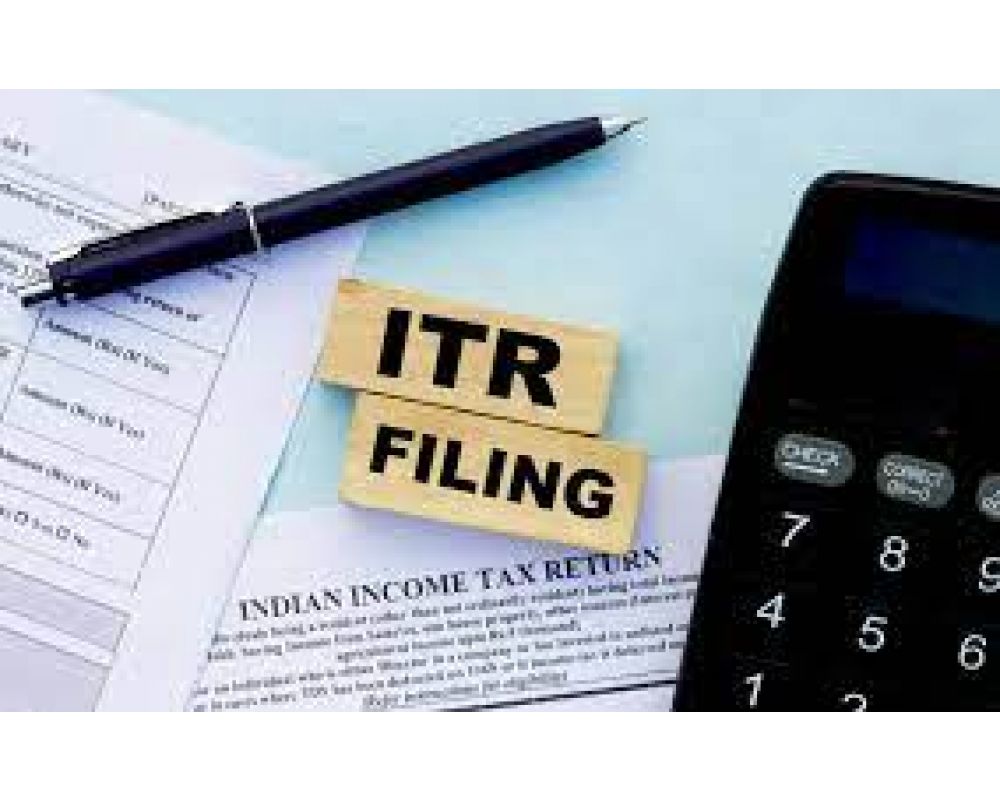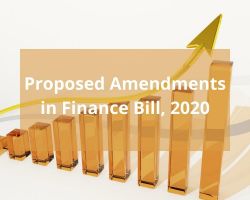But for those filing ITR 4, they’ll have to use Form 10-IEA to choose not to be a part of the new tax regime.
The last few days are left to file your Income Tax Return (ITR) for income earned during the previous year 2022-23 (between 01-04-2022 and 31-03-2023). Taxpayers are advised to carefully file forms 1 and 4 keeping in view the changes introduced for the year.
As per the Central Board of Direct Taxes, taxpayers are required to provide information about their cash receipts and all their bank accounts within the country before the end of this year, December 31, 2023.
For AY2024-25 also, the Income Tax Department has taken an unexpected step by releasing Income Tax Return (ITR) forms earlier than usual, typically done in February or March of the subsequent assessment year. This departure from the usual timeline provides taxpayers with an extended period to understand changes, gather necessary documents, and file returns more accurately.
ITR Form 1
One of the key ITR forms is Form 1, also known as Sahaj, designed for small and medium taxpayers. Sahaj is applicable to resident individuals with an income of up to ₹50 lakh. Those who receive income from sources such as salary, one house property, other sources (like interest), and agricultural income up to ₹5,000 can use this form.
ITR Form 2
Another significant form is Form 4, or Sugam, which is simplified to cater to a broad range of small and medium taxpayers. Individuals, Hindu Undivided Families (HUFs), and firms (excluding Limited Liability Partnerships) can file Sugam if they are residents with a total income of up to ₹50 lakh, including income from business and profession.
This early release of ITR forms not only allows for better preparation but also ensures that taxpayers have ample time to navigate through the changes and file their returns with greater precision.
Key elements
If you’re filing ITR 1, all you need to do is show your choice of tax regime in the income return. But for those filing ITR 4, they’ll have to use Form 10-IEA to choose not to be a part of the new tax regime.
In the new ITR Forms 1 and 4, a fresh column has been included to claim deductions under Section 80CCH. This change comes after the Finance Act of 2023, which introduced Section 80CCH. According to this section, individuals who join the Agnipath Scheme and subscribe to the Agniveer Corpus Fund after November 1, 2022, can claim a tax deduction for the total amount deposited in the Agniveer Corpus Fund.
ITR-4 now has a “Receipts in Cash” column to claim a higher turnover limit. The Finance Act of 2023 increased the turnover threshold from ₹2 crore to ₹3 crore for those choosing the presumptive taxation scheme under Section 44AD. This applies if the receipts in cash don’t go beyond 5% of the total turnover or gross receipts for the previous year.








1845 Likes